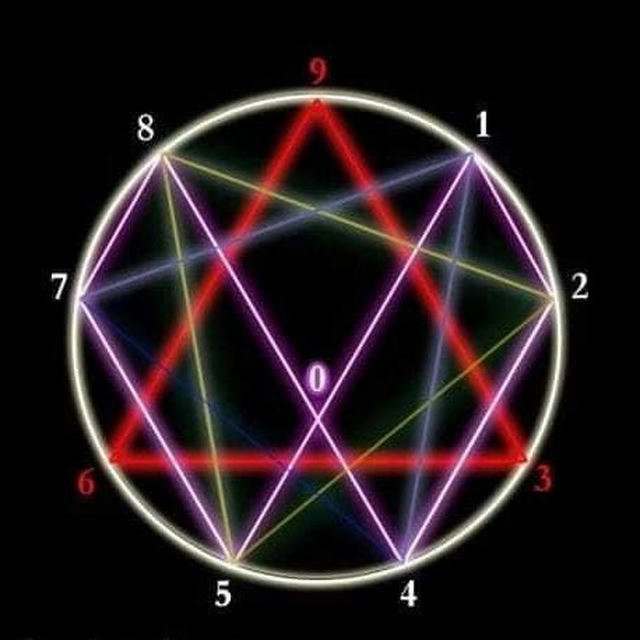
Hypersanity Infinitus
Information & News by #limitlessenergy369 for the Hypersane https://allmylinks.com/limitlessenergy369
Більше871
Підписники
+524 години
+167 днів
+4630 днів
- Підписники
- Перегляди допису
- ER - коефіцієнт залучення
Триває завантаження даних...
Приріст підписників
Триває завантаження даних...
#hypersanity #electromagnetism
Here are some other high dielectric constant materials you might consider using for your high-voltage wire:
Mylar: Mylar is a type of polyester film with a dielectric constant of around 3.5 to 4.5. It's commonly used in electrical insulation applications and is available in various thicknesses.
Kapton: Kapton is a polyimide film with a dielectric constant of around 3.4 to 3.6. It's known for its excellent thermal and electrical insulation properties, making it suitable for high-temperature and high-voltage applications.
Silicon dioxide (SiO2): Silicon dioxide has a dielectric constant of around 3.9, making it a suitable choice for high-voltage applications. However, it's not as flexible as other materials and may require additional reinforcement.
Teflon: Teflon (polytetrafluoroethylene or PTFE) has a dielectric constant of around 2.1, which is lower than the other materials listed. However, it's an excellent choice for high-temperature applications and is chemically inert, making it suitable for use with a variety of chemicals.
Mica: Mica is a naturally occurring mineral with a dielectric constant of around 6 to 10. It's commonly used in electrical insulation applications, particularly in high-voltage capacitors and transformers.
Alumina (Al2O3): Alumina has a dielectric constant of around 9.9, making it a suitable choice for high-voltage applications. It's also an excellent thermal conductor, which can help dissipate heat in high-power applications.
Barium titanate (BaTiO3): Barium titanate has a dielectric constant of around 1,100 to 1,500, making it one of the highest dielectric constant materials available. It's commonly used in capacitors and other electronic components.
When choosing a material, consider factors like dielectric strength, flexibility, thermal stability, and compatibility with other materials in your system. It's also essential to ensure that the material can withstand the operating conditions of your application, including temperature, humidity, and mechanical stress.
As for the maximum voltage, it's challenging to provide an exact value without knowing the specific resistance of the fiberglass or other dielectric materials used. However, we can estimate the maximum voltage based on the dielectric strength of linen and epoxy.
Assuming the linen and epoxy combination has a dielectric strength of around 20 kV/mm (typical for epoxy-based systems), and the wire has a diameter of 1 mm, the maximum voltage could be approximately:
Vmax = Dielectric strength * Wire diameter
Vmax = 20 kV/mm * 1 mm = 20 kV
Here's a revised guide for creating a high-voltage wire with a two-layer fiberglass insulation, including a linen wrap and a second pour of fiberglass, using only fiberglass resin:
Materials:
.99999 silver wire
Long rectangle silicon mold
Fiberglass resin
Mica powder (5-10% by weight of resin)
Acetone or alcohol (for cleaning wire)
Mixing cups and stir sticks
Brush or roller for applying resin
Instructions:
Prepare the silver wire: Cut a length of .99999 silver wire to your desired length. Clean the wire with acetone or alcohol to remove any oils or residues.
Create a mold: Use your long rectangle silicon mold to create a mold for the insulated wire.
Prepare the linen wrap: Cut a strip of linen fabric to the same length as your silver wire. You'll need enough linen to wrap around the wire with some overlap. Soak the linen strip in a thin layer of fiberglass resin, following the manufacturer's instructions for mixing and application.
Wrap the linen: Carefully wrap the soaked linen strip around the wire, following the contours of the mold. Press the linen onto the wire, ensuring it adheres evenly. Make sure there are no gaps or air pockets.
First fiberglass pour: Mix the fiberglass resin according to the manufacturer's instructions. Add the mica powder to the resin, starting with a small percentage (5-10% by weight of the resin) and adjusting as needed. Mix well to ensure the mica powder is evenly distributed. Carefully pour the mica-infused fiberglass resin into the mold, ensuring it covers the linen-wrapped wire. Use a brush or roller to spread the resin evenly and remove any air bubbles. Allow the resin to cure according to the manufacturer's instructions.
Second fiberglass pour: Once the first layer of fiberglass is cured, mix another batch of fiberglass resin with mica powder, following the same procedure as before. Pour the second layer of fiberglass resin into the mold, ensuring it covers the entire wire and first layer of fiberglass. Use a brush or roller to spread the resin evenly and remove any air bubbles. Allow the resin to cure according to the manufacturer's instructions.
Remove the mold: Once the second layer of fiberglass is cured, carefully remove the wire from the mold. Trim any excess linen or fiberglass from the ends of the wire.
Inspect and test: Inspect the wire for any cracks or weaknesses. You can test the insulation by applying a high voltage (within a safe range) and checking for any signs of arcing or shorts.
This revised guide eliminates the use of epoxy resin for the linen wrap, instead using fiberglass resin to simplify the process. The two-layer fiberglass insulation provides additional protection and dielectric strength to the wire, while the linen wrap adds a layer of reinforcement and helps to ensure a uniform dielectric strength around the wire. Remember to follow proper safety protocols and guidelines when working with electrical components, and exercise caution when applying heat or electrical voltage to the insulation.
Sauce: https://venice.ai/chat/NAkBQtZNmwGx4ZEfHRRX8
Private, Permissionless AI
Venice is the easy app for private, uncensored AI conversations and image generation. Try for free with no log-in needed.
⚡ 1
Some people report not working on their devices due to too high quality sample rate.
Here is an alternative in 320 kbps mp3
#hypersanity #rife #electroculture #horticulture
Kinetin plant growth molecular frequency 2627708.5794884
#scalar subharmonic
6513.438361051736212008547216263606967916278239207676335483130551856425381823695797466612197036914853 Hz AM mod 4.50569 Hz
❤🔥 2
